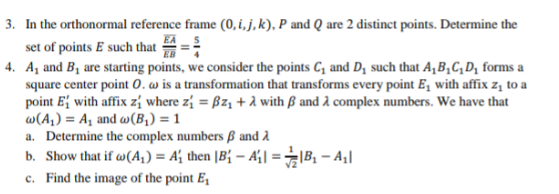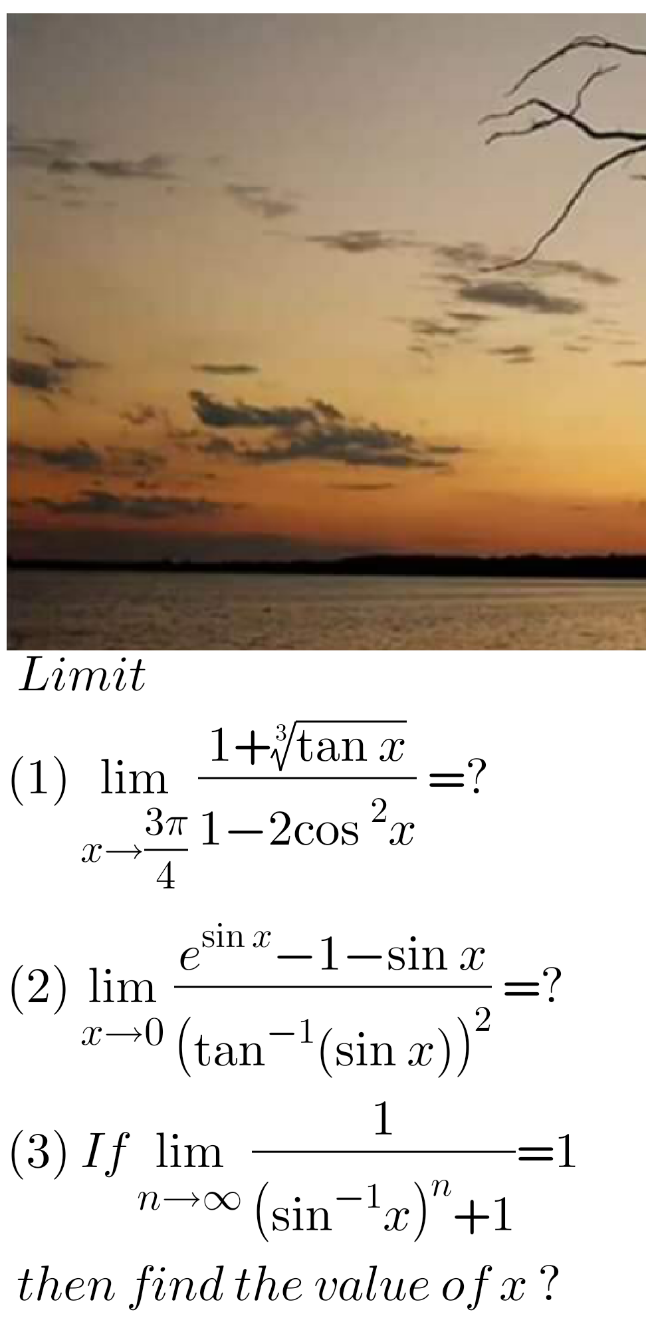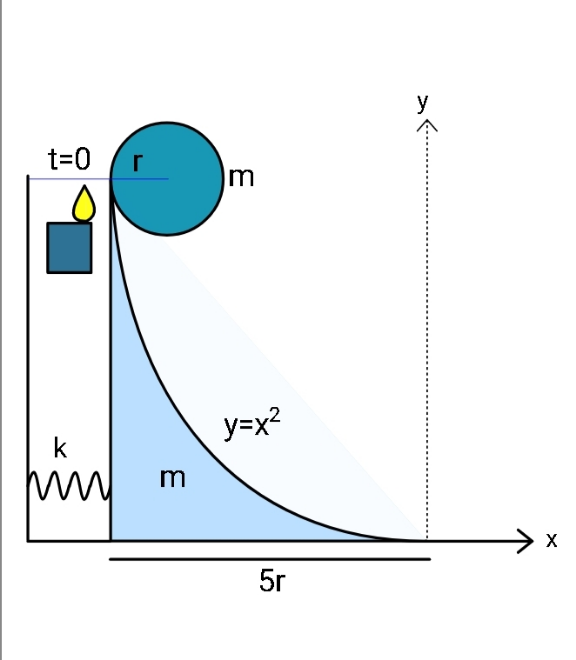
AllQuestion and Answers: Page 729
Question Number 146083 Answers: 1 Comments: 0
Question Number 146082 Answers: 0 Comments: 0
Question Number 146076 Answers: 1 Comments: 0
Question Number 146073 Answers: 0 Comments: 0
Question Number 146072 Answers: 0 Comments: 0
Question Number 146067 Answers: 1 Comments: 0
Question Number 146063 Answers: 1 Comments: 0
Question Number 146062 Answers: 0 Comments: 1
Question Number 146061 Answers: 0 Comments: 0

Question Number 146057 Answers: 1 Comments: 0

Question Number 146054 Answers: 0 Comments: 0
Question Number 146048 Answers: 1 Comments: 0
Question Number 146046 Answers: 1 Comments: 0
Question Number 146043 Answers: 2 Comments: 0

Question Number 146044 Answers: 1 Comments: 0
Question Number 146035 Answers: 2 Comments: 0
$${help}\:{me}\:{please} \\ $$$$\int\frac{{ln}\left({x}+\mathrm{1}\right)}{{x}}{dx}=?? \\ $$$$ \\ $$
Question Number 146030 Answers: 0 Comments: 1

Question Number 146026 Answers: 2 Comments: 3

Question Number 146017 Answers: 1 Comments: 0

Question Number 146013 Answers: 0 Comments: 0

Question Number 146009 Answers: 1 Comments: 0
Question Number 146004 Answers: 1 Comments: 0
Question Number 145996 Answers: 3 Comments: 0
Question Number 148416 Answers: 1 Comments: 0
Question Number 145986 Answers: 1 Comments: 0
Question Number 145982 Answers: 1 Comments: 0
Pg 724 Pg 725 Pg 726 Pg 727 Pg 728 Pg 729 Pg 730 Pg 731 Pg 732 Pg 733
